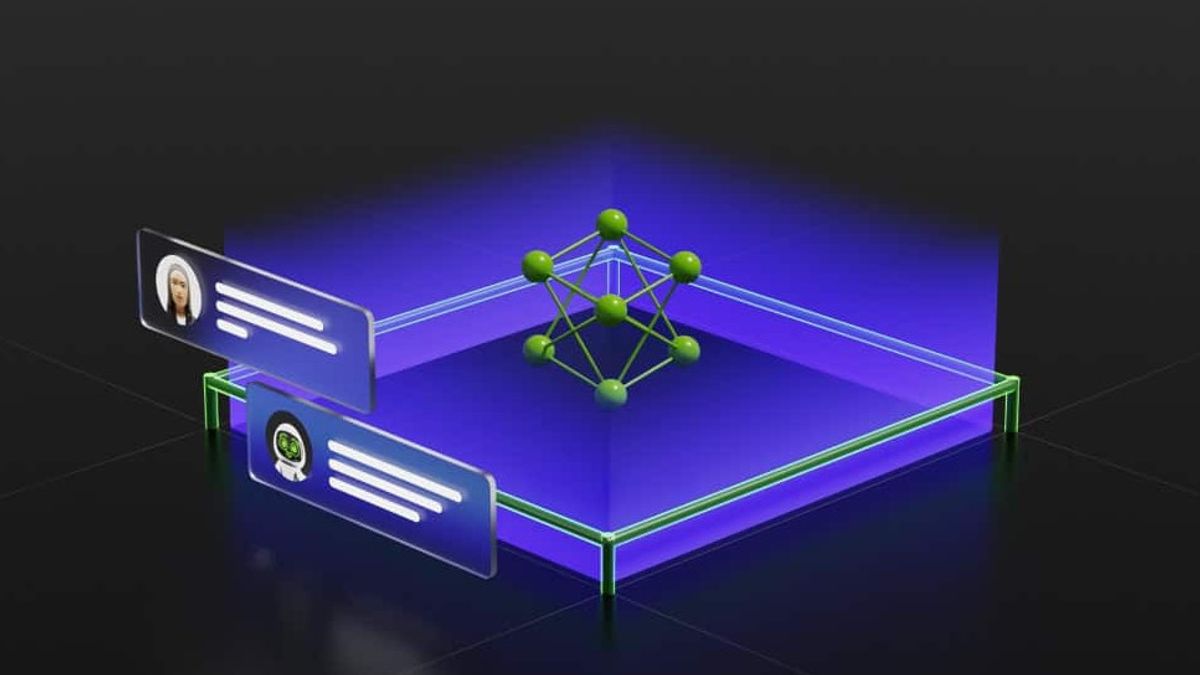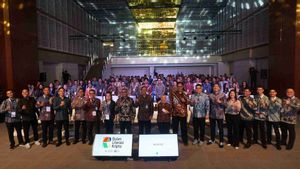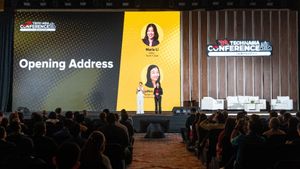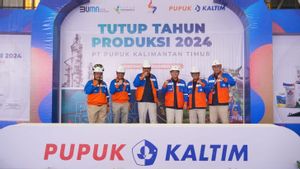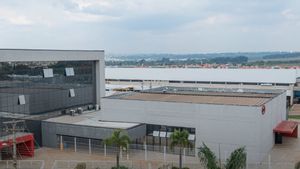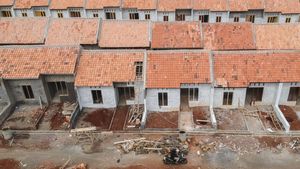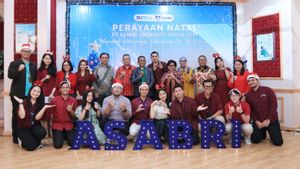JAKARTA - Research institutes and health organizations in India are using Generative AI to build applications that have an impact on saving lives, both at home and abroad.
Some of them are the Research Center at the Indian Institute of Technology Madras (IIT Madras) and the Indraprastha Delhi Information Technology Institute (IIIT-Delta), intelligent life sciences company Innoplexus, and provider of AI-based medical diagnostic platforms, 5C Network.
In the NVIDIA Summit event in India, NVIDIA CEO Jensen Huang said that the technology used by the Indian government was NVIDIA NIM micro services, including the 4-Mini-Hindi 4B microservices, to build independent AI applications and a large language model (LLM). Hindi language
Huang revealed that the Hindi Model Ofiptron-4 gave the highest accuracy across benchmarks in the 2 billion to 8 billion model size category for Hindi.
With India's health care market projected to grow from about 180 billion US dollars last year to 320 billion US dollars by 2028, the new AI model has the potential to dramatically increase health care accessibility and efficiency.
SEE ALSO:
The Indian government is also investing heavily in building basic AI models designed and developed domestically, including for healthcare, through initiatives such as the IndianAI Mission.
Members of India's healthcare ecosystem lead innovation by advancing neuroscience research, combating antibiotic resistance, accelerating drug discovery, automating diagnostic scan analysis, and much more, with the help of AI.
With the new Hindi-language AI model, they can make health information more accessible to Indians. NVIDIA NIM microservices are available as part of the NVIDIA AI Enterprise software platform.
The English, Chinese, Japanese, Arabic, and French versions are automatically generated by the AI. So there may still be inaccuracies in translating, please always see Indonesian as our main language. (system supported by DigitalSiber.id)
